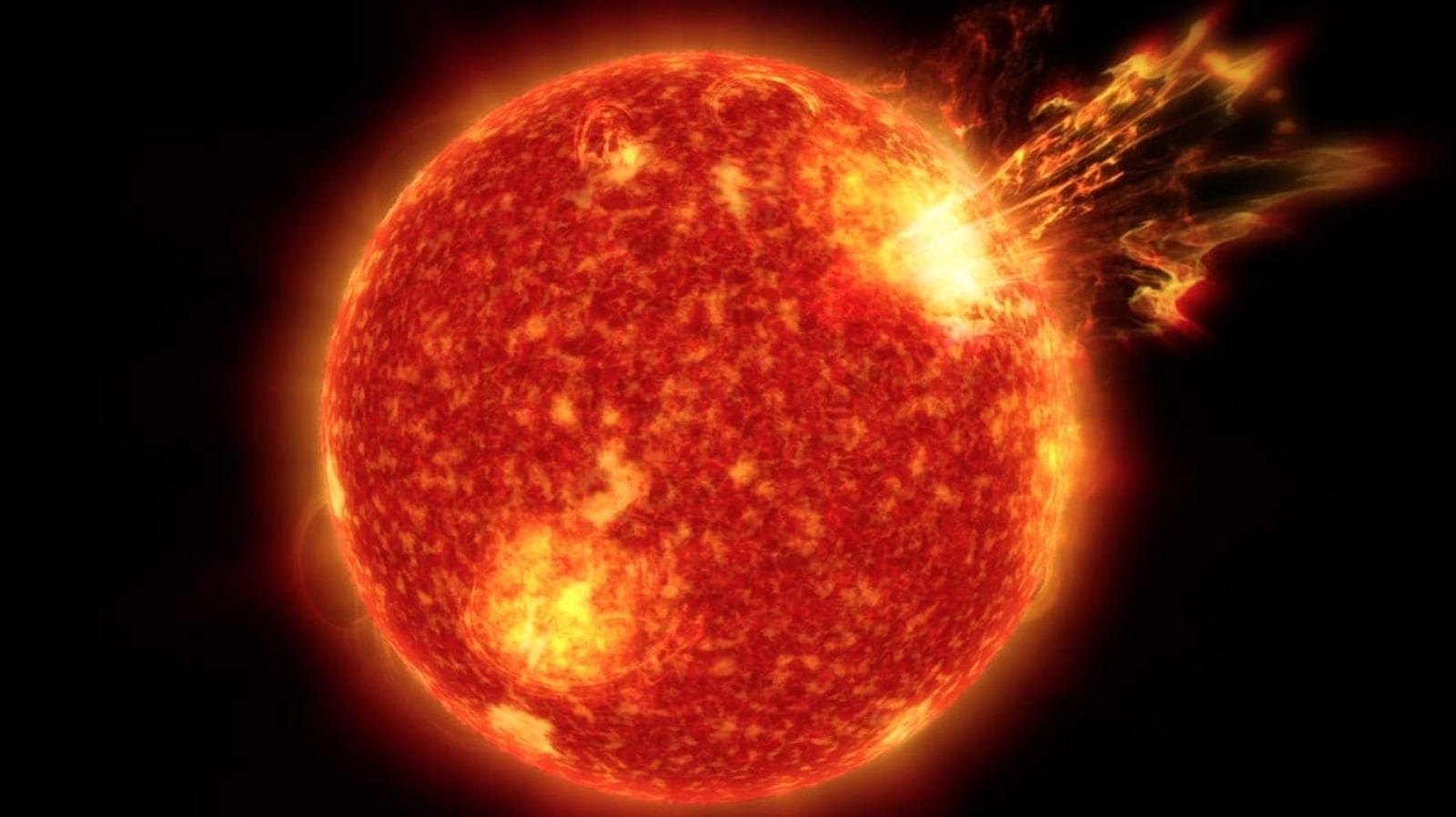
In a stark reminder of our planet’s vulnerability to space weather, scientists are warning about the potential for a solar superstorm that could—underline the word “could”—wipe out the internet for weeks or even months. This concern follows Earth’s recent encounter with its most significant geomagnetic storm in two decades.
A Night to Remember: The G5 Geomagnetic Storm of May 2024
On the night of Friday, May 10th, 2024, a powerful G5 geomagnetic storm illuminated night skies globally, creating a breathtaking display of the Northern Lights visible across Europe, the United States, and even as far away as New Zealand. While the celestial show was a marvel to witness, G5 geomagnetic storms are not without their dangers. These intense storms have the potential to disrupt modern infrastructure, inducing strong currents in power grids and interfering with satellite communication signals.
NOAA's Response and Escalation
In the United States, the National Oceanic and Atmospheric Administration (NOAA) initially issued a severe G4 geomagnetic storm alert. However, by Friday evening, conditions escalated to extreme G5 levels, the highest on the space weather scale. This marked the first such event since the Halloween storm of October 2003, which notably caused power outages in Sweden and damaged transformers in South Africa. Given the magnitude of this event, the potential implications are concerning.
Understanding Geomagnetic Storms
A geomagnetic storm is a temporary disturbance in the Earth’s magnetosphere caused by solar wind activity. While these solar winds can create beautiful auroras in the sky, they can also cause significant disturbances in satellite communications and power grids. NOAA’s Space Weather Prediction Center (SWPC) uses a G scale to rate the strength of these solar storms, ranging from G1 (minor) to G5 (extreme).
Initially, the storm was rated at a G4 severity level, indicating a severe storm. However, as the storm progressed, its intensity increased, ultimately reaching the highest level of G5. Even when initially classified as a G4 storm, it would have been the first of such intensity to impact Earth since January 2005.
The G-Scale: Measuring Geomagnetic Storms
The difference between a G4 and a G5 storm is significant:
- G4 (Severe): Can cause widespread power problems or glitches.
- G5 (Extreme): Has the potential to trigger complete blackouts and collapse power grids. The visibility of auroras also varies with storm intensity.
A G4 storm can make auroras visible as far south in the U.S. as Alabama or Northern California, while a G5 storm can allow auroras to be seen as far south as Florida and Southern Texas.
Implications of a G5 Storm
Facing a G5 storm, the highest on the scale, could mean significant disruptions to modern life. Power grids could face extensive voltage control issues, leading to widespread blackouts. Damaged transformers would require significant repairs, resulting in prolonged power outages that could last days or even weeks, impacting homes, businesses, and essential services.
Communication networks would be critically affected. High-frequency (HF) radio, crucial for aviation, maritime operations, and emergency services, could be inoperative for 1 to 2 days, hindering emergency responses and the coordination of rescue operations. Satellite navigation systems, vital for aviation, maritime navigation, and everyday GPS services, could be degraded for several days, leading to delays, rerouted flights, and challenges in daily commuting and logistics.
Pipeline currents might surge to hundreds of amps, threatening the structural integrity of pipelines and causing operational disruptions in the oil and gas industry. This could affect fuel supply and distribution, leading to shortages and increased prices. Furthermore, the timing systems used in financial transactions could be disrupted, leading to synchronization issues and potential economic instability.
Preparing for the Future
What’s even more concerning is that not only is Earth currently dealing with a G5 storm, but geomagnetic storms are predicted to occur more frequently in the coming years as the sun transitions into the solar maximum phase of its 11-year cycle. This increased activity underscores the importance of enhancing our infrastructure’s resilience and developing robust emergency preparedness and response measures.
Facing a G5 geomagnetic storm would disrupt daily life, challenge infrastructure resilience, and necessitate robust emergency preparedness and response measures. As we prepare for future solar activity, understanding and mitigating the potential impacts of geomagnetic storms remains a critical focus for scientists and policymakers alike.



